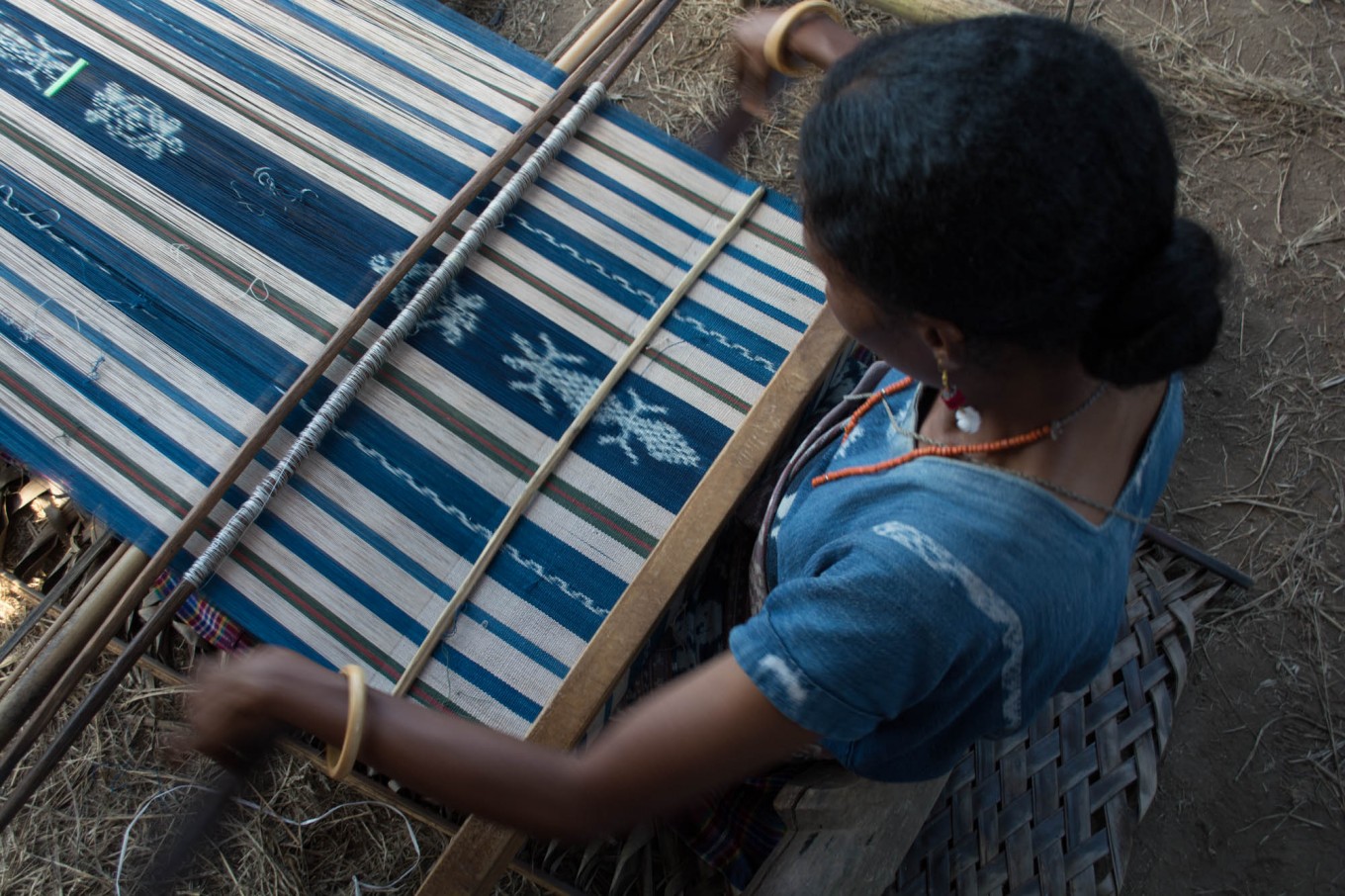Popular Reads
Top Results
Can't find what you're looking for?
View all search resultsPopular Reads
Top Results
Can't find what you're looking for?
View all search resultsExploring Flores heritage of weaving 'tenun ikat'
Change text size
Gift Premium Articles
to Anyone
I
t’s enchanting to learn about the people of Flores in East Nusa Tenggara and their traditional woven fabric. When you visit the island, you will see people wearing tenun ikat throughout the region.
“This ikat fabric is very important for us,” Yosef Gervasius, an organizer of the Bliran Sina cultural center in Watu Blapi village, Maumere, told The Jakarta Post.
The fabric must be present at all cultural occasions such as births, weddings and death ceremonies. It is also an important form of dowry that should be presented by a bride to her groom.
(Read also: Cultural performances mark Tour de Flores celebration in Larantuka)
“At a wedding, the groom can bring money instead of woven ikat, but the woman should bring ikat,” Yosef said. “But if the bride-to-be brings fabric called kikir kobar, then the groom should be ready to bring a dowry worth the price of horse,” he said.
“How we determine dowries is not about how much we have to pay, but it’s about equality. It symbolizes eternal unity, so they must work hard together and save up for the next generation.”
Flores women play an important role in preserving this heritage. They must master the skill of weaving as they are the ones responsible for making fabric for their husbands and children.
“There must be someone who can weave in almost every house,” Yosef said.
(Read also: Flores women weave a safety net for tradition)
Yosef said girls usually started to learn about making fabric in the fourth grade of elementary school. Their first lesson is about rolling threads. The weaving lessons start later, when they reach the fifth grade of high school. First, they learn to make clothes for men. After mastering that, they start to make clothes for women.
Ikat in Sikka regency is made manually using natural dyes, although Yosef said that nowadays a lot of fabrics were made using synthetic dyes, which could produce brighter colors.
A popular pattern features a gecko, which locals call a dragon, a symbol of luck for those who see it.
Flores people also keep old sacred fabrics that can only be worn at special ceremonies. These fabrics are usually handed down for many generations and are considered precious for the family. The cloth displays certain patterns, usually with one main strip featuring different motifs, such as pineapple flowers, a symbol of women’s fertility, or a plate for offerings.
(Read also: New handwoven textiles school to open in Kupang)
Up to 52 patterns have been registered as trademarks by the regency administration, which is currently registering other designs as well.
“At the moment we are waiting for an announcement from the Law and Human Rights Ministry that no one has filed a complaint about our attempt,” said Sikka regent Yoseph Ansa Rera. (kes)







